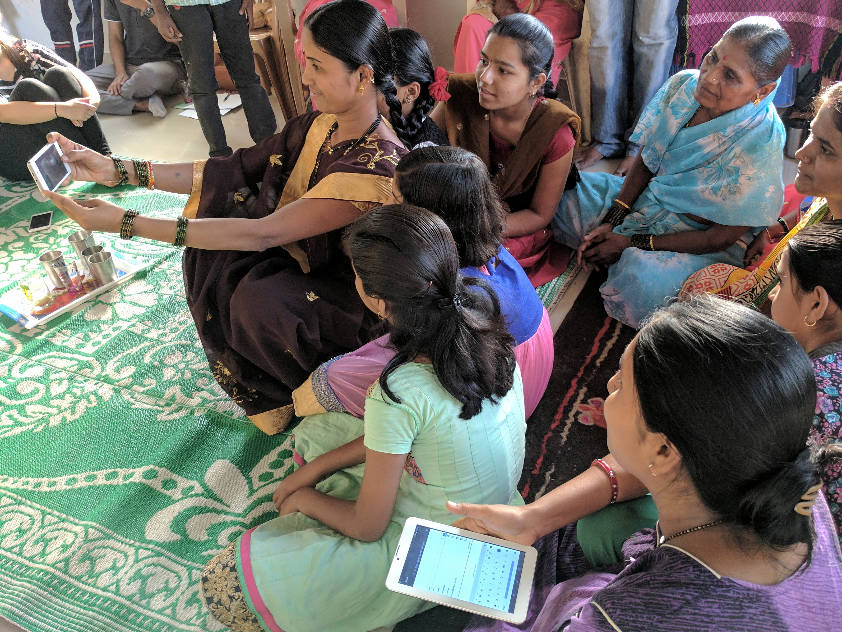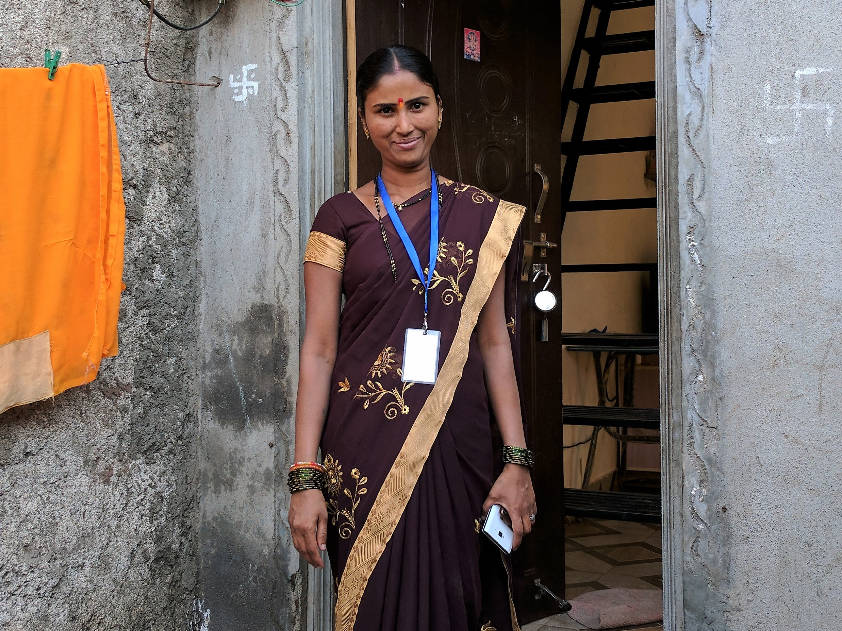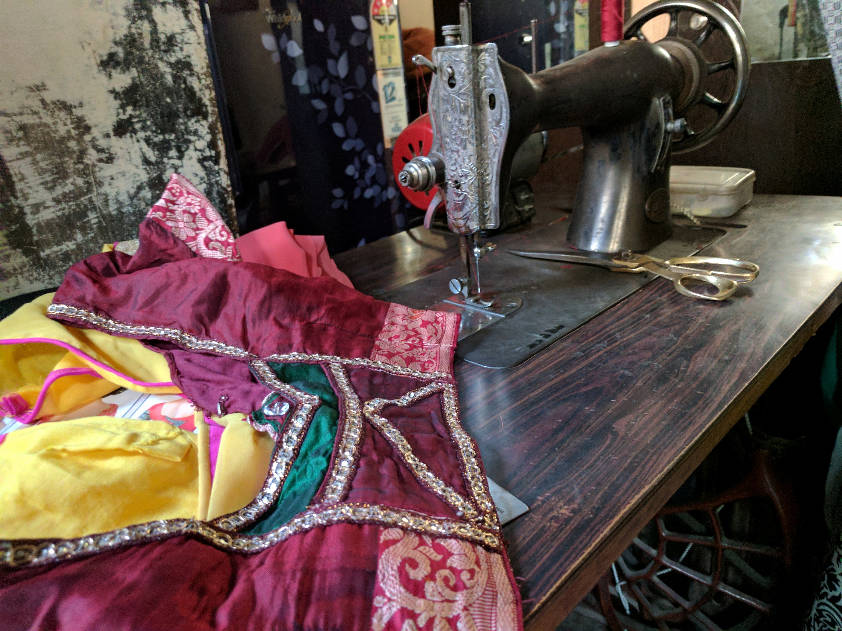Affiliate links on Android Authority may earn us a commission. Learn more.
Here’s how Google is transforming internet access for rural women in India
August 7, 2017

Smita Kashid, a homemaker in a small village in India – Khoparde Haveli – treated me to a cake that she made for her kids. She had just learnt baking, and can’t thank her friend Sujata enough for the smile her cooking adventures bring to her two kids.
Part of the Karad city, Khoparde Haveli is some three hours’ drive from Pune, the urban metropolis on the West coast of India in the state of Maharashtra. Karad is known as the sugar bowl of Maharashtra and the primary occupation in the region is sugarcane farming or employment in sugar factories.
Smita’s friend Sujata Budhe is a community health worker and has taught her how to watch videos on YouTube, and like any other homemaker mother, Smita’s first searches were food recipes. And hence that cake.
But Smita is not alone. Sujata has taught ‘internet’ to over a thousand women in and around her village. She’s very proud of herself and how she’s known as the region’s ‘Internet Saathi’.

Launched in July 2015, in partnership with Tata Trusts, Internet Saathi (Saathi means ‘friend’ in Hindi) is a digital literacy program to help women in rural India understand the benefits of Internet in their day to day life. The program focuses on training women in rural India to explore the various uses of Internet, who then impart training to the larger rural community in their own and neighboring villages. While Google provides internet enabled devices and training material, Tata Trusts helps in implementation and rolling out the initiative.
While India has the world’s second largest internet population with over 400 million users, only 30% of these internet users are women. This is one of the largest technology gender gaps in the world, and it further widens as we move towards rural India. Only 1 out of 10 internet users in rural India as woman.
There are several barriers that hinder adoption of internet amongst women in rural India. There’s lack of awareness about the Internet and the belief that it is not for them and there are hurdles like affordability, social norms, and low literacy rates.
I met Sujata Budhe at her home in the village. Her friends, essentially all the women she had trained, had gathered and we sat cross-legged on a carpet spread across the room, and chatted for an hour.
I met Vaishnavi Nikam who after learning basics of the Internet, applied for a bank job online via a leading Indian job portal. She now works in a bank and earns well, and her story is a testimony of the power of Internet, and validation of the Internet Saathi program.
Sujata believes that with the new acquired knowledge, the social and economic standing of these women has improved at individual, household, as well as community level. She herself was a high school graduate, but feels more informed and more confident about herself now.
Several women feel that Internet has helped them to supplement their income in their existing occupation. One of the ladies I met, a small-time tailor, now offers more designs to her customers. She looks up nice patterns and follows fashion trends of movie stars and stitch them up for her customers who as yet only had one thin design catalogue of options to choose from. Another lady, who runs a salon, looks up hairstyles online and offers the ladies of the village hairstyles that their favorite actresses sport on the silver screen. All the ladies burst into laughter with each story like that. They’ve discovered a world outside their village, which was never accessible to them before now.

Most of them don’t speak or understand English. They don’t know many websites, but majorly rely on Google Search app to navigate through the Web. They prefer to speak, rather than type, and offered me a glimpse of pervasiveness of voice search. YouTube is a popular app for looking up how-to videos, and of course for movies and television series. WhatsApp is the primary communication tool, which is in line with the majority of Indians.
Today, the program is live in 100,000 villages across twelve states in India. 25,000 fully trained Internet Saathis are working everyday across these villages to help women and children learn about the Internet. In total, over 10 million women have gained from the program so far and Google plans to expand the program to reach 300,000 villages, covering 50% of the villages in India in the next few years.
These Internet Saathis have become change agents in each village and are contributing in improving the lives of the entire community in their villages. They take a lot of pride in helping other women learn about the Internet and contribute to the collective prosperity of their communities.
Sujata’s eyes twinkle when she talks about the how the lives of her family, her kids, and the community has been enriched because of the program, and the Internet. “We get a lot of respect from the men in the families,” she tells me, with an obvious hint of pride of an empowered woman.